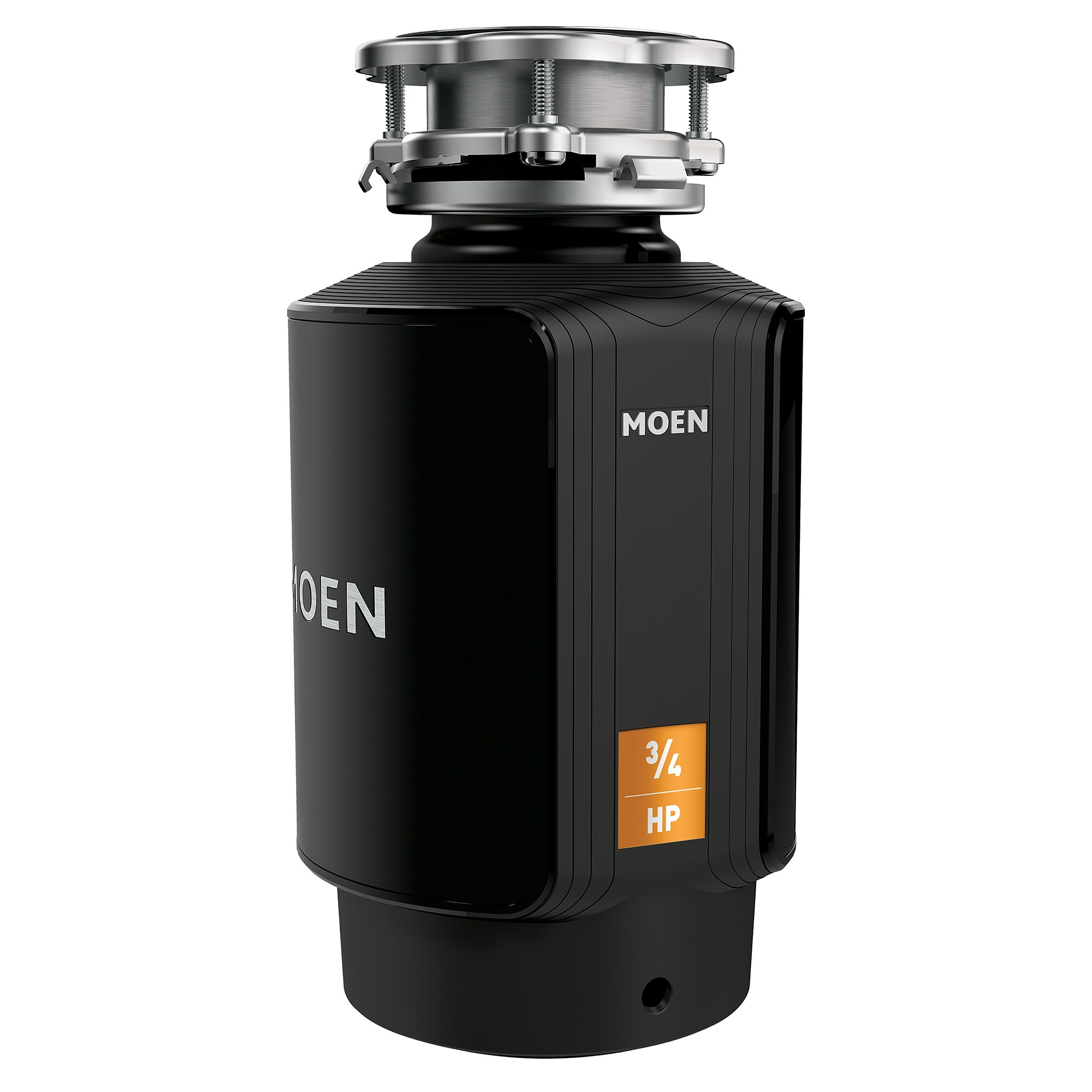Aah, the kitchen. The heart of the home, where delectable meals are brought to life. But what happens when all that culinary creativity leads to an abundance of kitchen waste? Enter the garbage disposal, your unsung hero in the realm of waste management.
Batch Feed vs. Continuous Feed: A Culinary Quandary
The world of garbage disposals is not as straightforward as it seems. There are two main types to choose from: batch feed and continuous feed. Which one is right for you and your kitchen waste management needs? Let’s dive in.

Unveiling the Ultimate Guide
Today’s article embarks on a journey to unravel the mysteries of batch feed and continuous feed garbage disposals. We’ll delve into their unique characteristics, advantages, and drawbacks to help you make an informed decision for your kitchen. So, grab your virtual apron and let’s get started!
The Ultimate Guide: Batch Feed vs. Continuous Feed Garbage Disposals For Optimal Kitchen Waste Management
In the realm of kitchen waste disposal, the choice between batch feed and continuous feed garbage disposals reigns supreme. Both have their own set of advantages, but understanding the intricacies of each can lead to a harmonious kitchen waste management system.

On the other hand, continuous feed garbage disposals operate differently. They are designed to handle a steady stream of food waste, continuously grinding it as it is fed into the unit. This type of disposal is often favored for its convenience and ability to keep up with larger amounts of waste.

Exploring the History and Myths of Garbage Disposals
The history of garbage disposals is entwined with innovation and convenience. In the early 1900s, the first electric garbage disposal was invented, revolutionizing the way people handled kitchen waste. However, early models were prone to clogging and could not handle fibrous materials effectively.

One common myth is that garbage disposals can damage plumbing systems. While it is true that certain materials, such as grease and fibrous items, can cause clogs, modern garbage disposals are designed to handle most types of food waste without damaging pipes.
Another myth is that garbage disposals attract pests. While food waste can attract pests if left unattended, proper use and regular cleaning of garbage disposals can minimize the risk of infestations.
Unveiling the Hidden Secrets of Garbage Disposals
Beyond their primary function, garbage disposals also hold some hidden secrets that can enhance their performance and extend their lifespan.

Another secret is to avoid putting certain items down the garbage disposal, such as bones, coffee grounds, and fibrous materials. These items can damage the blades or cause clogs.
Regular cleaning and maintenance are also crucial for keeping your garbage disposal in optimal condition. Using a mixture of baking soda and vinegar can help remove odors and prevent buildup.
Recommendations for Optimal Garbage Disposal Usage
To ensure the longevity and efficiency of your garbage disposal, it is important to follow a few simple recommendations:

Avoid putting bones, coffee grounds, and fibrous materials down the disposal.
Regularly clean the disposal using a mixture of baking soda and vinegar.
If you encounter a clog, try using a drain snake or calling a plumber for assistance.
The Ultimate Guide: Batch Feed vs. Continuous Feed Garbage Disposals For Optimal Kitchen Waste Management
When it comes to choosing the right garbage disposal for your kitchen, understanding the difference between batch feed and continuous feed models is essential. Batch feed disposals require manual activation and are suitable for smaller kitchens or occasional use. Continuous feed disposals, on the other hand, offer continuous grinding and are ideal for larger kitchens or heavier use.
Tips for Using Your Garbage Disposal Safely and Effectively
To ensure the safe and effective use of your garbage disposal, keep these tips in mind:

Keep children away from the disposal and supervise their use.
Avoid overloading the disposal with too much food waste at once.
Run the disposal for a few seconds after grinding is complete to ensure all waste has been flushed away.
The Ultimate Guide: Batch Feed vs. Continuous Feed Garbage Disposals For Optimal Kitchen Waste Management
Whether you choose a batch feed or continuous feed garbage disposal, proper use and maintenance are key to ensuring its optimal performance. By following these tips, you can keep your disposal running smoothly and efficiently for years to come.
Fun Facts about Garbage Disposals
Did you know that garbage disposals have some fascinating historical and cultural significance?
